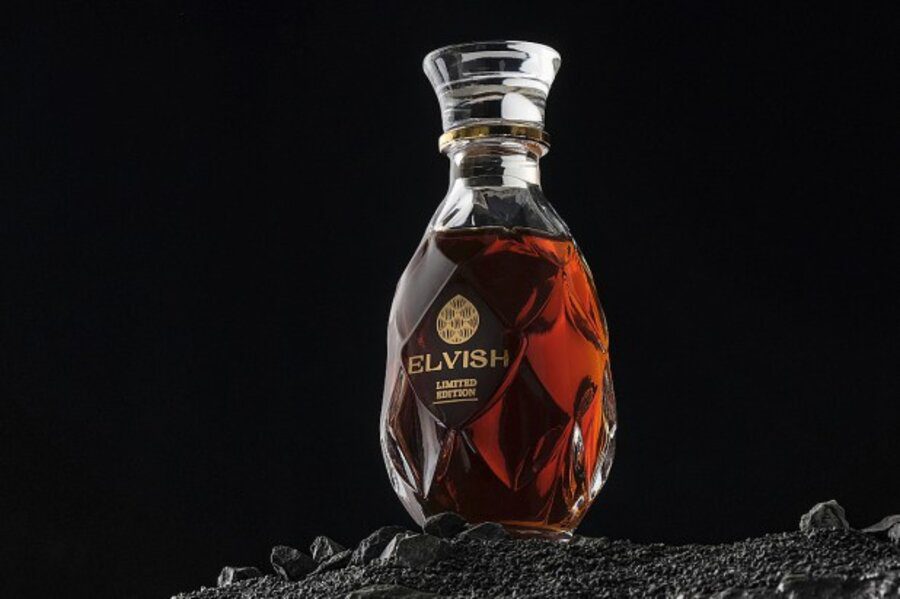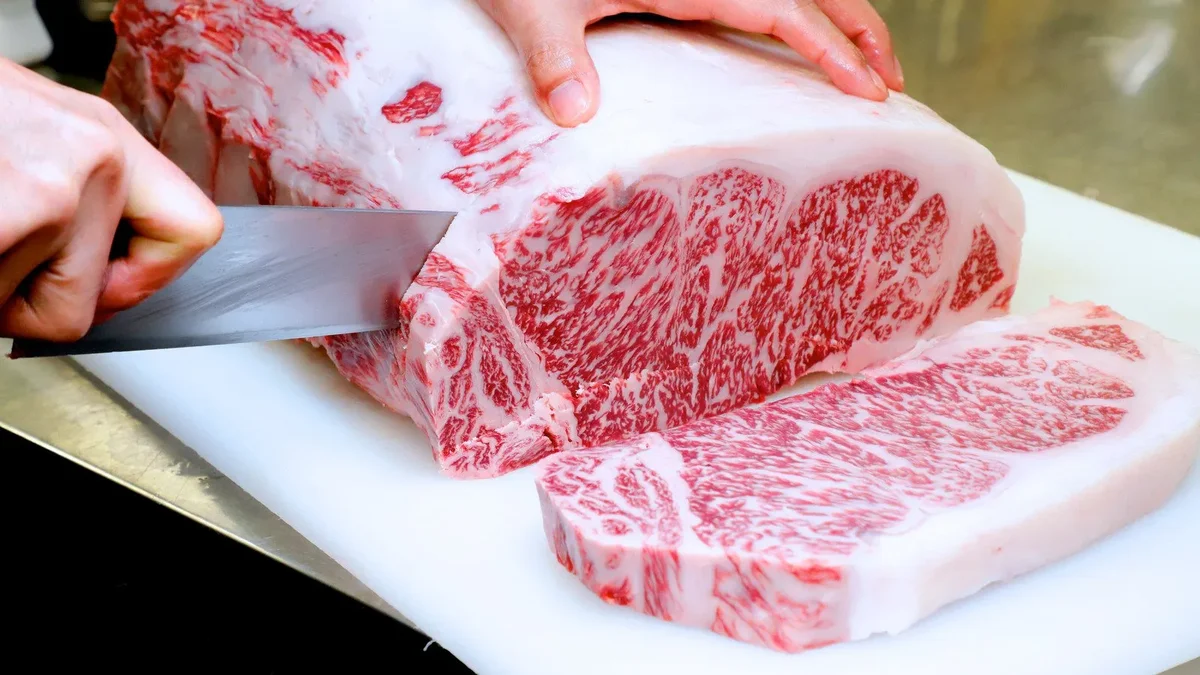Anthony Smart explores the background to ten of the world’s most expensive food and drink products
Whilst Aldo Gucci once said that “quality is remembered long after price is forgotten,” some of the most expensive food and drinks products out there are very, very expensive with good reason.
Topping the list of steeply priced foods and drinks are items that are made with scarcely available ingredients or produced in peculiar ways that might be labour or time intense, or indeed both.
If you can stomach the outlay involved, here are ten of the most expensive food and drink products you might wish to add to your shopping list:
Almas caviar (as much as £40,000 per kilogram)
The world’s highest value caviar is known as Almas and harvested from albino beluga sturgeon eggs taken from the South Caspian Sea. It is so highly priced mainly because it is considered the “rarest of the rare” caviars and the process of harvesting it is laborious.
Alba white truffle (approximately £8,800 per kilogram)
Another pricey treasure is the Alba white truffle, which originates from Piedmont in Italy. Valued for the depth of flavour it provides; it is in high demand, but very difficult to grow due to its unique climate and soil needs.
Matsutake mushrooms (approximately £1,760 per kilogram)
The Japanese value matsutake mushrooms (pine mushrooms) for their distinctive aroma and flavour. This especially hard-to-find fungus, which can go for £800 a pound (around £1,760 a kilo), are wild foraged, not farmed, and require very particular growth conditions. In 2020, they were added to the International Union for Conservation of Nature (IUCN) red list of threatened species for the first time.
Kobe beef (approximately £352 per kilogram)
Kobe beef is raised in Hyōgo prefecture in Japan, using a particular breed of Wagyu cattle. This beef can be sold for £160 per pound (around £352 per kilogram) because of its fat marbling and tenderness, according to Lottoland’s guide. One factor that adds to its high price is the strict regulation of its production and its limited supply.

Saffron (approximately £8,800 per kilogram)
Often referred to as ‘red gold,’ saffron is the most expensive spice in the world, going for roughly £4,000 a pound (£8,800 a kilogram). It has a premium price because harvesting saffron is very labour-intensive, needing thousands of crocus flowers for a small number of saffron threads.
Bluefin tuna sushi (as much as £250,000 per fish)
At the top end of sushi cuisine, particularly in Japan, is bluefin tuna. This beautiful fish can touch six feet in length and weigh hundreds of pounds. With individual fish going for upwards of £250,000 at auction, the prices have rocketed because of overfishing and endangered species status. Seafood lovers will appreciate the deep flavour and texture.
Kopi luwak coffee (approximately £1,100 per kilogram)
Kopi luwak is the priciest coffee in the world, costing approximately £500 per pound (£1,100 per kilogram). Made from coffee beans that are consumed and then excreted by civets, this speciality coffee is fermented in the digestive system of these animals, which adds to its flavour.
Ibérico ham (between £400 to £5,500 per leg)
Ibérico ham is Spanish cured ham made from free-range Ibérico pigs fed on acorns during the ‘montanero’ period (October to February). Prices can range from £400 to more than £5,500 depending on grade and quality and the process of ageing can take a number of years. Its umami taste is rich and is in demand for gourmet goods.
Elvish honey (around £4,500 per kilogram)
This ‘elixir’ is harvested under challenging conditions in Turkey and can reach a price of around £4,500 per kilogram. The steep cost is largely due to the specialised environment in which this ‘precious nectar’ is produced on the north-east Black Sea and the laborious process of harvesting it; honey hunters need to work extremely hard to access the hives and walk for eight hours to reach the ‘safeguard tree’ once per year.
Densuke watermelon (upto £5,000 each)
The Densuke watermelon, prized for its unique black skin, is only cultivated on Hokkaido Island in Japan. As there are only about 10,000 harvested each year, these watermelons can fetch as much as £5,000 each at auction.
Anthony Smart is a food writer who has spent his life sampling delicious delights and whose grandfather was Field Marshal Montgomery’s personal chef. Follow him on Twitter / X at @A_Smart_Writes.
